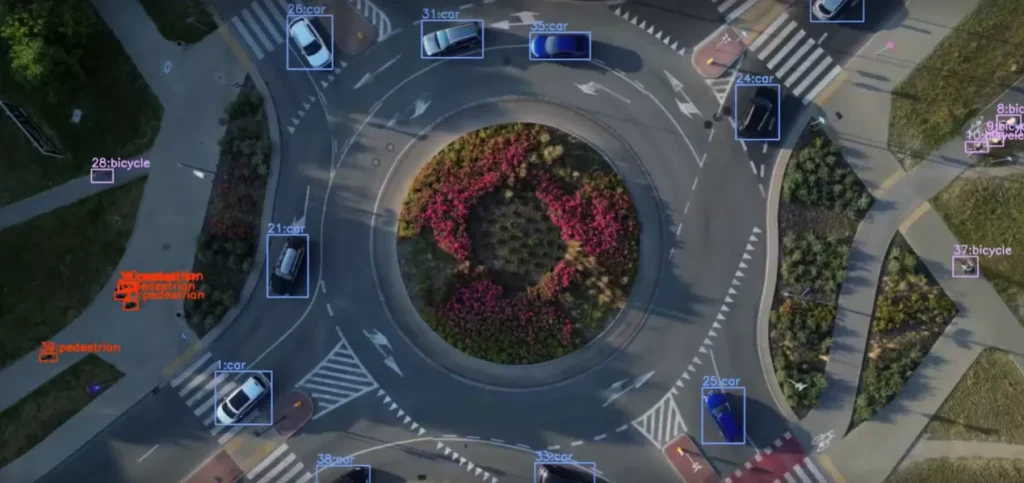

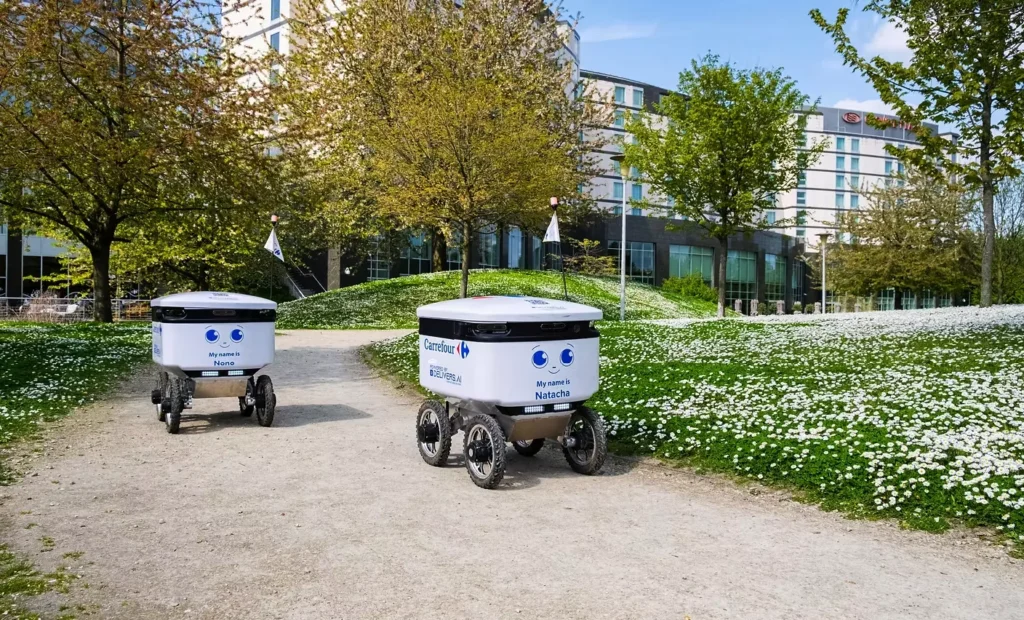
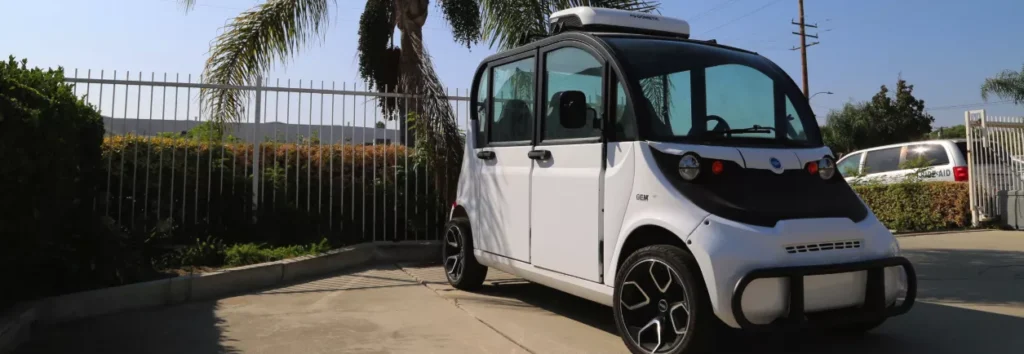
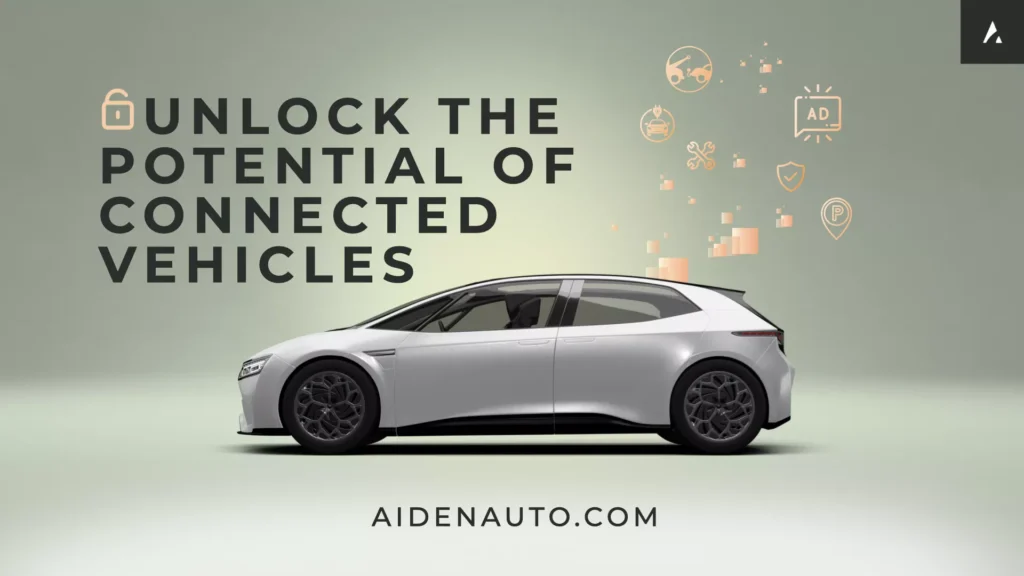





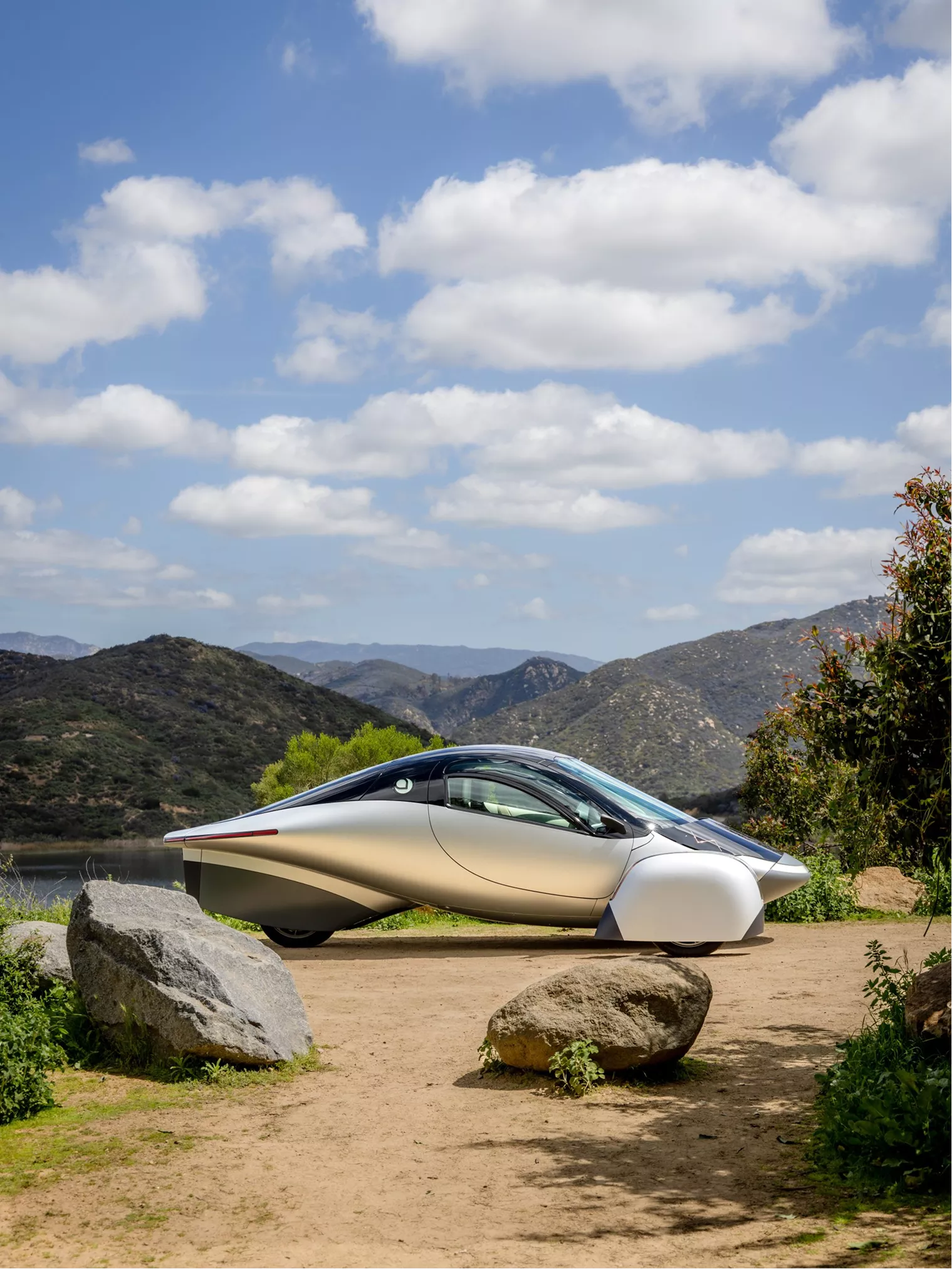
From EVs and batteries to autonomous vehicles and urban transport, we cover what actually matters. Delivered to your inbox weekly.
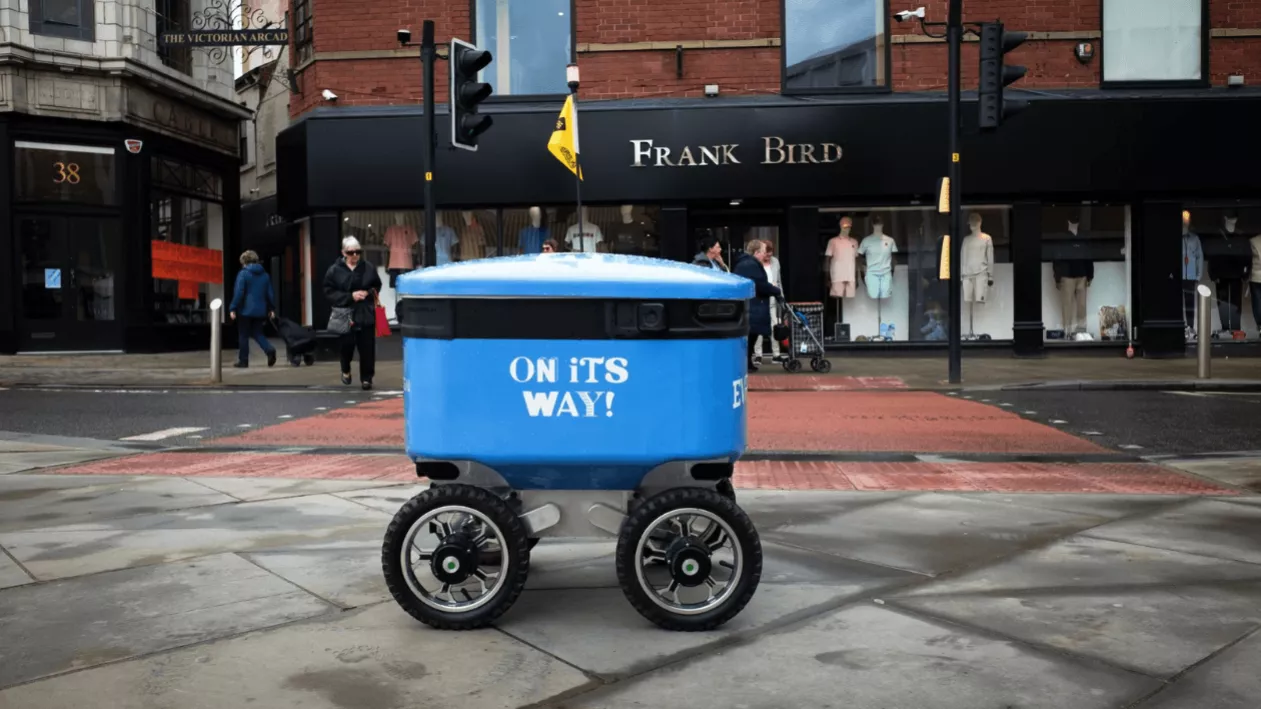
Mobility isn’t running on promises anymore. It’s running on systems.
Behind every working charger, drone flight, and fleet dashboard, there’s a layer of code or hardware quietly keeping things moving. These are the tools you don’t notice until they stop working. And the startups building them are redefining what progress in mobility looks like.
Instead of flashy launches, they’re focused on the boring stuff that matters. APIs that make fleets talk to cities. Software that balances charging loads. Platforms that turn curbs and airspace into infrastructure.
Across every continent, the invisible layer of mobility is getting stronger. It’s the foundation that will outlast the hype.
Let’s get into it.
Transport on water is rarely talked about in mobility circles. But Vessev is making it quietly bold. The New Zealand startup builds electric hydrofoiling vessels designed to glide above waves with minimal drag, noise, and energy use.
Their philosophy? Combine advanced marine design with everyday utility to achieve smooth, quiet, and efficient journeys for commuters, tourists, and operators. It’s a reminder that when infrastructure (bridges, roads) becomes limiting, water can be the highway.
At Michigan Central, Ecuador’s Aerialoop is flying cargo drones beyond visual line of sight between Newlab’s droneport and nearby manufacturing sites. In partnership with Airspace Link’s AirHub, the pilot tests real-world routing, safety, and airspace coordination for daily industrial deliveries. It’s a small but concrete step toward showing how droneports can plug into city logistics instead of staying stuck in the demo phase. LINK
UK startup Fuuse raised £6 million to expand its EV charging management platform across Europe. The software helps operators track usage, handle payments, and balance energy loads across large networks, tackling reliability issues most charging operators face. The round, led by Par Equity and YFM Equity Partners, backs Fuuse’s bet that better software, not just more hardware, will keep chargers working. LINK
Bangalore-based Airbound raised $8.6 million and began a three-month pilot with Narayana Health, running daily medical deliveries between hospital sites using its long-range “tailsitter” drones. The flights cut transport time from hours to minutes, showing how drones can quietly slot into real healthcare logistics instead of staying in test mode. LINK
RAustin-based Mentium raised $3.2 million to bring AI automation into everyday freight work, handling dispatch, route planning, and paperwork for trucking operators. The seed round backs Mentium’s push to replace manual processes with “digital workers” that learn from real fleet data, helping smaller logistics firms run like big ones. LINK
US-based DronePort Network and Sweden’s Wingbits have joined forces on Meerir, a new AI platform that maps low-altitude traffic in real time. By combining drone flight data with predictive analytics, the system gives cities and operators a live view of shared airspace. A small but important step toward coordinated drone corridors. LINK
Sweden’s Einride secured $100 million in new funding after making history: its cabless autonomous freight truck completed the world’s first cross-border delivery between Norway and Sweden. The run proves long-distance autonomy can work outside controlled test zones and gives Einride new momentum to scale its digital freight network across Europe and the U.S. LINK
While drones usually make headlines for what they carry, this piece flips the script to what’s behind them: the ground infrastructure. Inteliports is creating the landing pads, airspace systems, and control layers that let autonomous aerial logistics actually take off. If you’ve ever wondered what it takes for a drone to land, charge, navigate – this is your window into the backbone.
Mobility’s next chapter isn’t being written by the biggest names. It’s happening in workshops, test zones, and small city pilots where teams are proving real change on tight budgets.
From autonomous shuttles to battery recyclers and drone operators – these startups are fixing what’s broken and showing how mobility actually scales.
The question isn’t if they’ll grow. It’s which ones will set the standards everyone else ends up following.